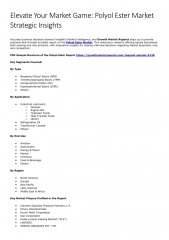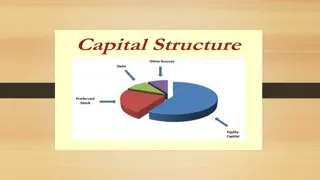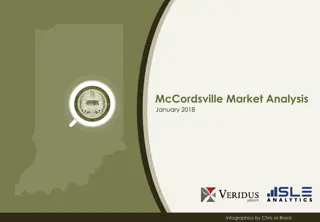
Understanding Market Structures: Types and Characteristics
Explore the concept of market structure, which categorizes industries based on competition levels, such as perfect competition, monopoly, monopolistic competition, and oligopoly. Learn how firms are differentiated based on the types of products they sell and the impact on their operations.
Download Presentation

Please find below an Image/Link to download the presentation.
The content on the website is provided AS IS for your information and personal use only. It may not be sold, licensed, or shared on other websites without obtaining consent from the author. If you encounter any issues during the download, it is possible that the publisher has removed the file from their server.
You are allowed to download the files provided on this website for personal or commercial use, subject to the condition that they are used lawfully. All files are the property of their respective owners.
The content on the website is provided AS IS for your information and personal use only. It may not be sold, licensed, or shared on other websites without obtaining consent from the author.
E N D
Presentation Transcript
What Is Market Structure?
What Is Market Structure? Market structure refers to the way that various industries are classified and differentiated in accordance with their degree and nature of competition for products and services. It consists of four types: perfect competition, oligopolistic markets, monopolistic competition. monopolistic markets, and
Types of Market Structures According to economic theory, market structure describes how firms are differentiated and categorized by the types of products they sell and how those items influence their operations. A market structure helps us to understand what differentiates markets from one another. In economics, market structure is the number of firms producing identical products which are homogeneous.
The types of market structures include the following: Perfect competition, a theoretical market structure that features no barriers to entry, an unlimited number of producers and consumers, and a perfectly elastic demand curve. Monopoly, in which there is only one provider of a product or service. Monopolistic competition, also called competitive market, where there is a large number of firms, each having a small proportion of the market share and slightly differentiated products. Oligopoly, in which a market is by a small number of firms that together control the majority of the market share.






















